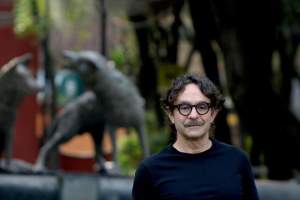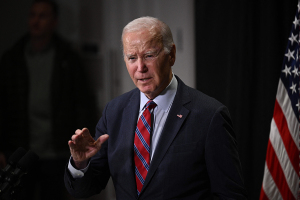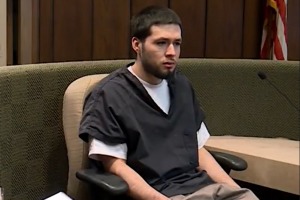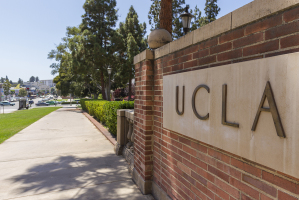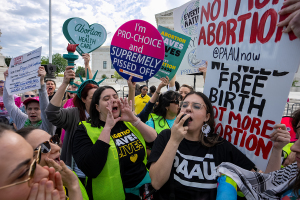The Darker Side of a Dark Holiday: Where Did Halloween Come From? (Pt. 1)
Every October, as leaves and temperature fall, a certain festive change takes place across the United States.
Spooky decorations mark houses and other buildings, scary movies dominate primetime television, and candy sales skyrocket. It is the season of Halloween, a holiday known for its haunted houses, costumes, trick-or-treating, and creepy imagery.
Yet where did such a modern holiday come from?
According to The History Channel website, the earliest observances resembling the modern concept of Halloween came with the Celts. "It is thought to have originated with the ancient Celtic festival of Samhain, when people would light bonfires and wear costumes to ward off roaming ghosts," reads an entry on its website.
As the Roman Catholic Church came to dominate European life and religion, the pagan holiday was given a Christian connotation, reported Katharine Whittemore of the Boston Globe.
"Just as the early Christian Church overlaid Christmas on a pagan winter solstice festival, and Easter on spring solstice, Halloween became tied to harvest time and All Saints Day, celebrated on Nov. 1 - 'hallow' sprung from the Old English word for 'holy' and 'e'en' is a contraction of 'evening,' thus 'Halloween' for the night before," wrote Whittemore.
And thus Oct. 31, "All Hallows Eve," became the day of vigil for All Saints' Day. Various parts of Europe came to celebrate the occasion in different ways, noted Bernd Biege of about.com.
"In Britain All Hallows was celebrated with a procession ... of children dressed up as saints, angels and devils," wrote Biege. "And they were rewarded for their enthusiasm with 'soul cakes', sweet biscuits. And in Brittany All Hallows was connected to pranks, some of them quite macabre."
Attaching Halloween to All Saints' Day was well established in the medieval Catholic Church, wrote Scott P. Richert in an article about All Saints Day on about.com.
"The current date of November 1 was instituted by Pope Gregory III (731-741), when he consecrated a chapel to all the martyrs in St. Peter's Basilica in Rome and ordered an annual celebration," wrote Richert.
"This celebration was originally confined to the diocese of Rome, but Pope Gregory IV (827-844) extended the feast to the entire Church and ordered it to be celebrated on November 1."
Halloween's as a more distinctive and independent celebration came later on, with The History Channel site noting that as time passed, "Halloween evolved into a secular, community-based event characterized by child-friendly activities such as trick-or-treating."
Halloween's transformation came via a mixture of immigrant practices and changing social norms in the United States, reads an entry on the University of Albany's website.
"In the second half of the nineteenth century, America was flooded with new immigrants including the Irish fleeing from the potato famine in Ireland in 1846. By combining Irish and English traditions, Americans began the 'trick-or-treat' tradition," reads the entry in part.
"In the later 1800's the holiday became more centered on community and in the 1920's and 1930's, Halloween became 'a secular, but community-centered holiday'. In the 1950's leaders changed Halloween as a holiday aimed at the young to limit vandalism. This all led to what Halloween actually is like today."
















